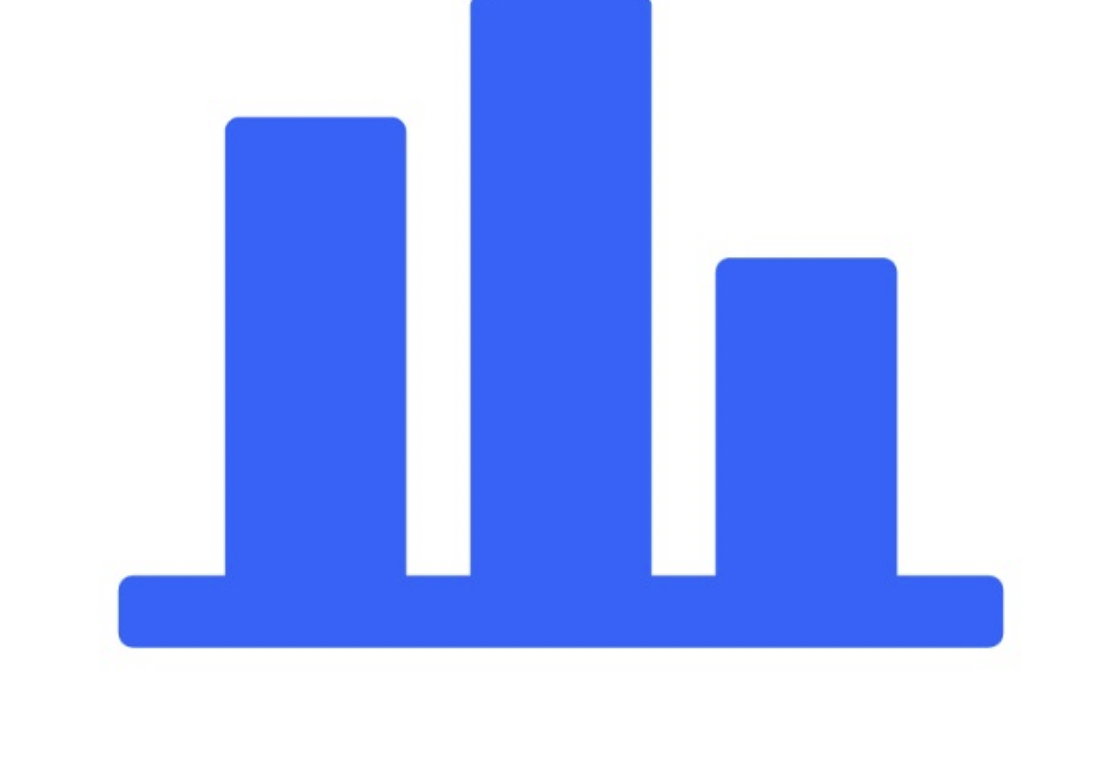How Global Forces Shape Forex, Stocks, and Commodities
Every market — from currencies and stocks to gold and oil — is driven by one powerful force: the global economy.
Economic data, policy decisions, and worldwide events influence how prices move every single day.
At Holo Forex, we help traders look beyond individual charts and understand the bigger picture — because mastering why markets move is what separates educated traders from emotional ones.
1. Global Economic Reports — The Pulse of the Markets
Economic reports are like medical check-ups for a country’s financial health.
They reveal how fast an economy is growing, how stable prices are, and how strong consumer demand remains.
Key Economic Indicators to Watch
| Indicator | What It Measures | Market Impact |
|---|---|---|
| GDP (Gross Domestic Product) | Total value of goods and services | Rising GDP boosts investor confidence and currency strength |
| Inflation (CPI, PPI) | Rate of price increases for goods | High inflation often leads to rate hikes — good for currency, bad for stocks |
| Interest Rates | Cost of borrowing money | Higher rates strengthen currency but pressure stocks and gold |
| Unemployment Rate | Labor market strength | Low unemployment = stronger consumer spending and market optimism |
| NFP (Non-Farm Payroll) | U.S. job creation report | One of the biggest movers for USD and global risk sentiment |
Example:
A strong U.S. NFP report often boosts the USD and weakens gold, as traders expect higher interest rates.
2. The Role of Central Banks and Monetary Policy
Central banks are the most influential players in global markets.
Their decisions on interest rates and money supply directly impact currencies, equities, and commodities.
Major Central Banks to Follow
Federal Reserve (Fed) – United States
European Central Bank (ECB) – Eurozone
Bank of England (BOE) – United Kingdom
Bank of Japan (BOJ) – Japan
Reserve Bank of Australia (RBA) – Australia
Example:
When the Fed raises interest rates, the USD tends to strengthen while gold and stock indices often fall — reflecting tighter economic conditions.
How Policy Decisions Influence Markets
| Action | Effect on Currency | Effect on Stocks | Effect on Commodities |
|---|---|---|---|
| Rate Hike | Currency strengthens | Stocks often fall | Gold, oil may decline |
| Rate Cut | Currency weakens | Stocks rally | Gold rises |
| Quantitative Easing (QE) | Currency weakens | Stocks rise | Commodities may gain |
3. Global Events and Geopolitics
Beyond economic reports, real-world events often trigger the biggest and fastest market reactions.
Political uncertainty, wars, trade tensions, or natural disasters can send waves through every asset class.
Common Global Triggers
| Event | Market Reaction |
|---|---|
| War or conflict | Gold and oil rise as safe-haven demand grows |
| Elections or political changes | Currencies fluctuate based on policy outlook |
| Trade sanctions or tariffs | Commodities and export-driven currencies move sharply |
| Natural disasters | Agriculture and energy prices react to supply disruptions |
| Pandemics or global crises | Risk assets fall, safe havens like USD, CHF, and gold rise |
Example:
During the 2020 pandemic, global stock markets plunged while gold and USD surged — classic “risk-off” behavior.
4. Intermarket Connections — How One Market Affects Another
Markets don’t move alone — they often react to each other.
Understanding these cross-market relationships helps traders anticipate movement.
Key Intermarket Relationships
| Relationship | Description |
|---|---|
| Gold ↔ USD | Inverse — when USD rises, gold usually falls |
| Oil ↔ CAD | Positive — Canada’s economy depends on oil exports |
| Stocks ↔ Bonds | Inverse — when stocks fall, bonds often rise |
| Crypto ↔ Tech Stocks | Positive — both attract risk-seeking investors |
Pro Tip:
Watch how these correlations shift over time — they can help confirm global sentiment changes.
5. How Traders Use Economic Factors
Successful traders don’t just react — they plan around economic data and events.
✅ Check the economic calendar daily before trading.
✅ Use fundamental analysis to understand long-term direction.
✅ Combine with technical charts for precision entries and exits.
✅ Manage exposure around high-impact events like NFP or rate decisions.
Example:
If the ECB signals possible rate cuts, a trader might short EUR/USD and buy gold to balance risk.
Key Takeaways
✅ Global data and central bank policies drive all major markets.
✅ Inflation, GDP, and interest rates shape currency strength and investor confidence.
✅ Political events can quickly change market sentiment.
✅ Track correlations between markets to anticipate movements.
✅ Combine economic insight with technical discipline for a complete strategy.
Final Thoughts
The best traders think like economists — they see the world as one connected system.
Understanding global data and policy decisions gives you an edge far beyond chart patterns or news headlines.
At Holo Forex, we teach traders to link macroeconomics with market behavior — turning complex data into clear, confident trading decisions.
Because when you understand how the world moves, you understand how markets move.


